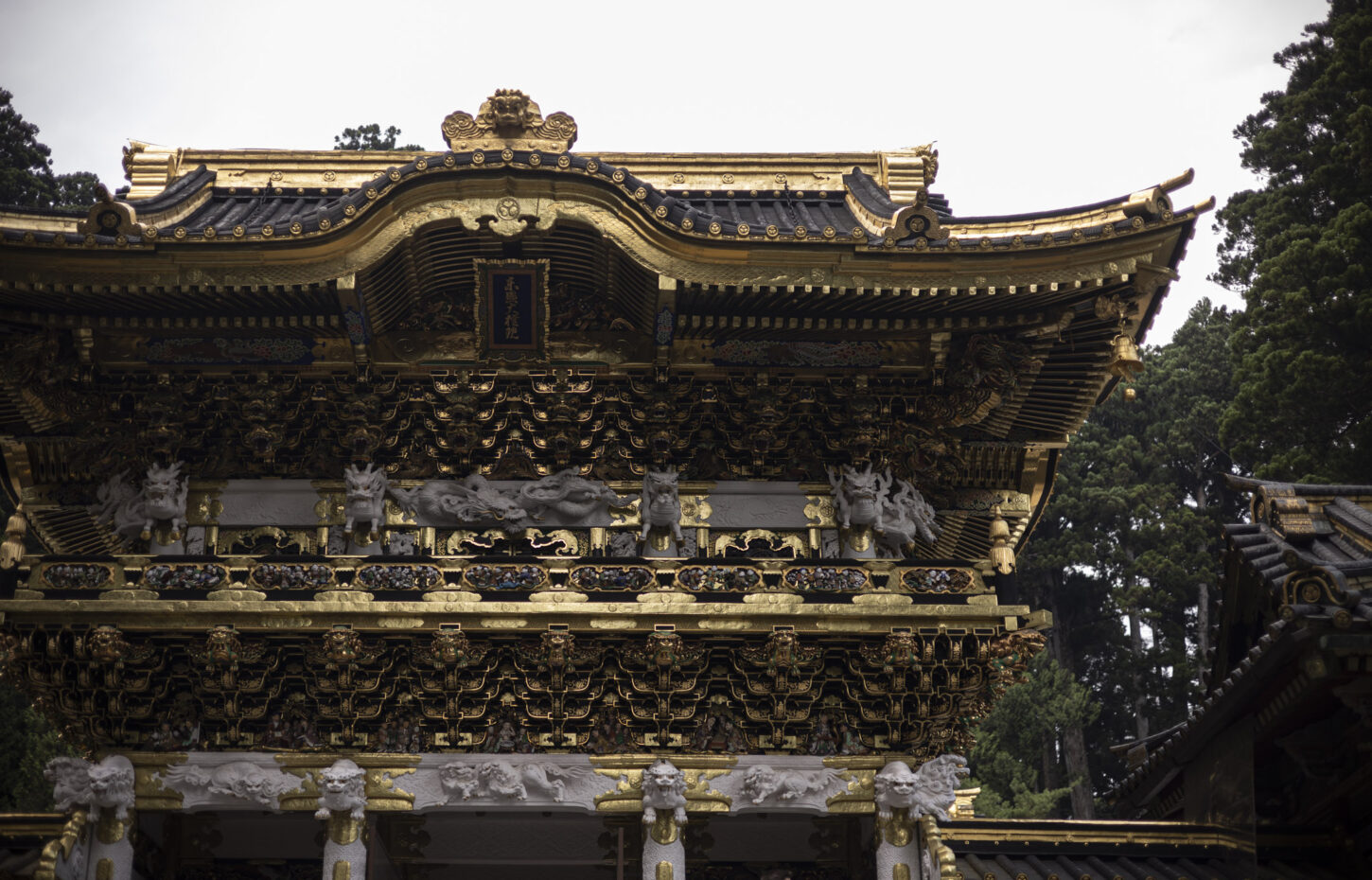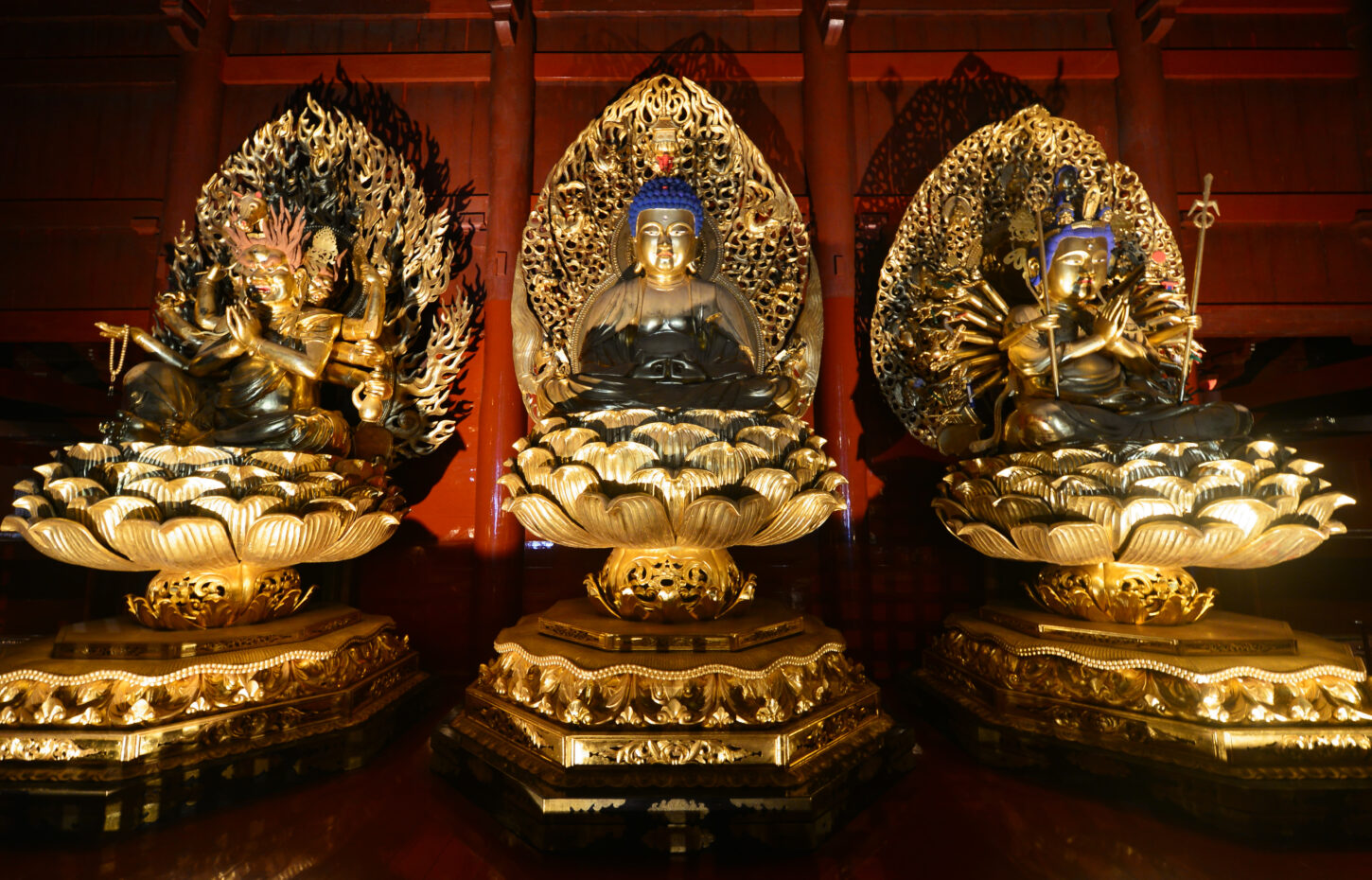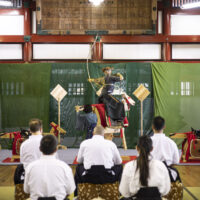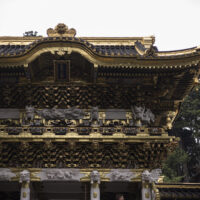Tokugawa Ieyasu: The Shogun Who United Japan
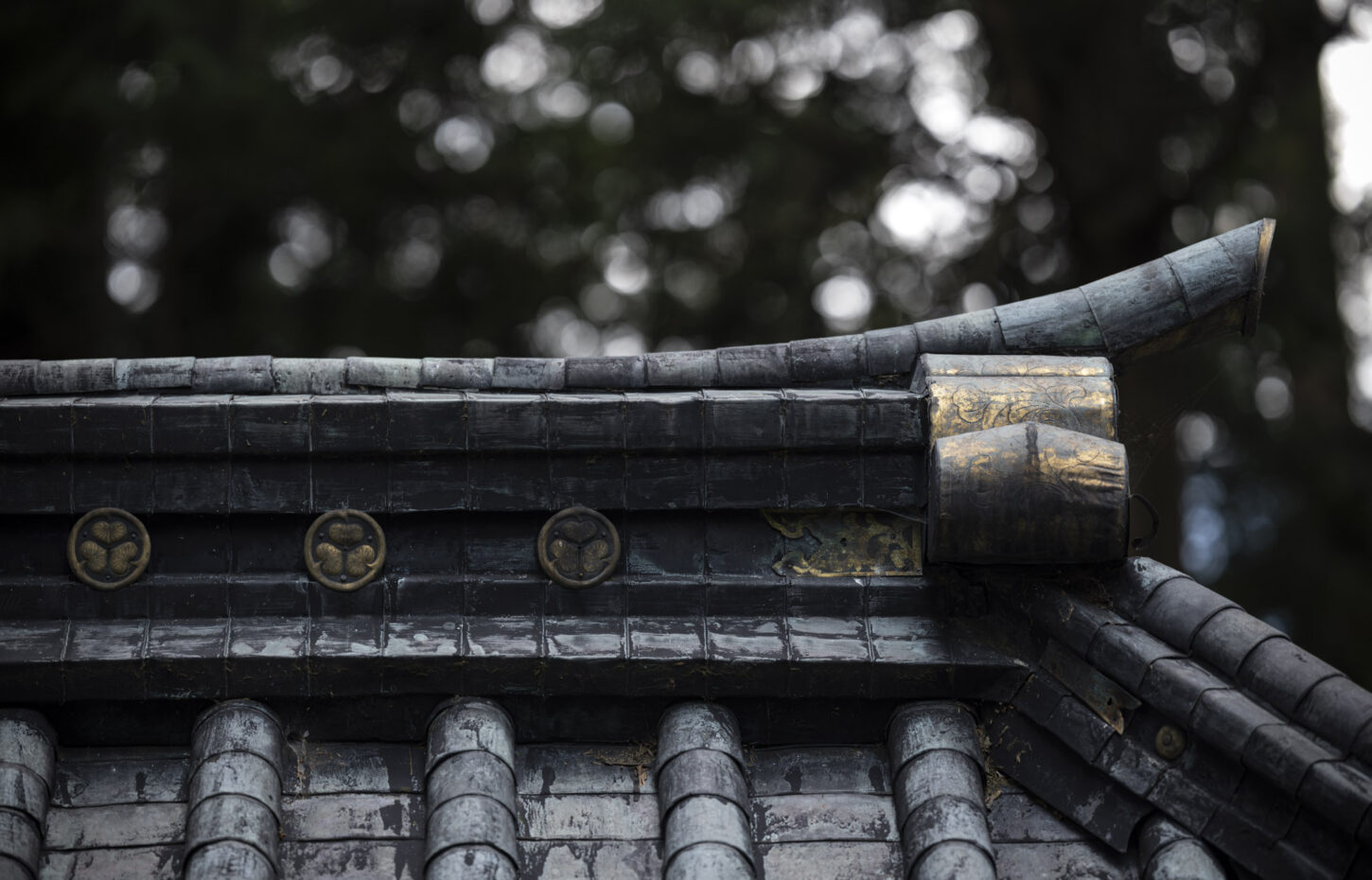
In the annals of Japanese history, few figures loom as large as Tokugawa Ieyasu.
His life’s journey was marked by ambition, strategic brilliance, and an unwavering
commitment to his vision of a unified Japan. Rising from humble beginnings to
become the nation’s most powerful military leader, Tokugawa Ieyasu left an
indelible mark on Japan’s history, culture, and governance.
Early Life and the Warring States Period
Tokugawa Ieyasu was born Matsudaira Takechiyo in 1543, the son of a minor
daimyo in Mikawa Province (present-day Aichi Prefecture). His early years were
marked by conflict and upheaval, as Japan was embroiled in the turbulent Warring
States Period (Sengoku Jidai), a time of feudal warfare and political strife.
Alliance with Oda Nobunaga
Ieyasu’s fortunes began to change when he formed an alliance with the powerful
warlord Oda Nobunaga. This partnership allowed him to expand his influence and
secure strategic territories in the central region of Japan. After Nobunaga’s death in
1582, Ieyasu continued to navigate the treacherous political landscape, forming key
alliances and consolidating power.
The Battle of Sekigahara
The turning point in Tokugawa Ieyasu’s quest for power came in 1600 at the Battle
of Sekigahara. This pivotal conflict pitted his forces against those of Toyotomi
Hideyori, the son of the late Toyotomi Hideyoshi. Ieyasu emerged victorious,
solidifying his position as the preeminent military leader in Japan.
Establishment of the Tokugawa Shogunate
In 1603, Tokugawa Ieyasu achieved his lifelong ambition when he was appointed
shogun by Emperor Go-Yozei. This marked the beginning of the Tokugawa
Shogunate, a period of relative peace and stability in Japan that would endure for
over two centuries, known as the Edo period. Ieyasu’s administrative reforms, and
the strict separation of samurai and commoners, helped centralize power and
maintain order.
Construction of Edo Castle
Tokugawa Ieyasu is also known for the construction of Edo Castle, which later
became the heart of Tokyo, Japan’s capital. Edo Castle served as the political
center of the Tokugawa Shogunate and the symbol of its authority.
Legacy and Impact
Tokugawa Ieyasu’s legacy extends far beyond his military and political
achievements. His shrewd governance, policies, and patronage of the arts laid the
foundation for Japan’s Edo period, characterized by remarkable cultural flourishing
and the emergence of the samurai class as an intellectual and artistic elite.
Tokugawa Ieyasu’s life is a testament to the transformative power of determination,
strategy, and vision. His ability to navigate the treacherous waters of the Warring
States Period and unite a fractured Japan under the Tokugawa Shogunate forever
altered the course of Japanese history.
Today, Tokugawa Ieyasu is remembered not only as a military genius but as a
statesman and architect of an era of relative peace and prosperity. His legacy
continues to influence Japan’s culture and governance, making him a figure of
enduring importance in the nation’s history.



-1-1450x930.jpg)
